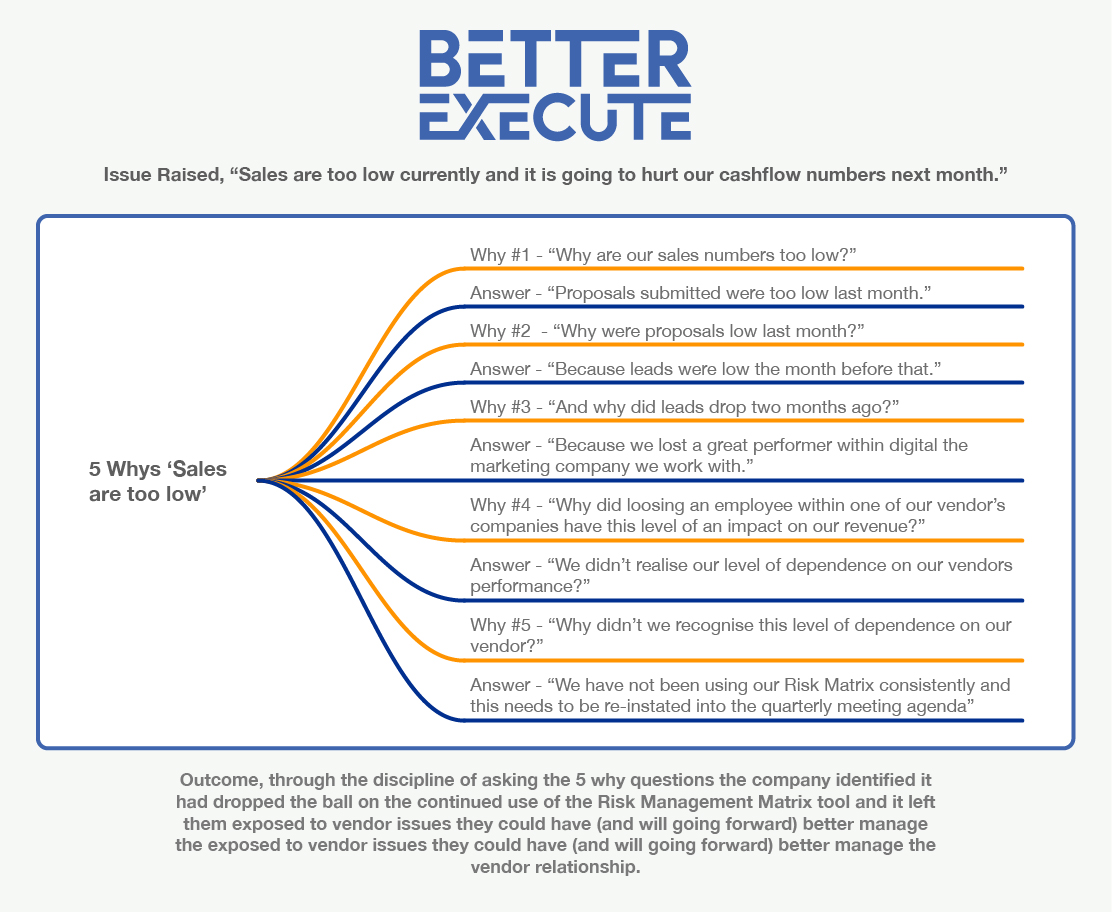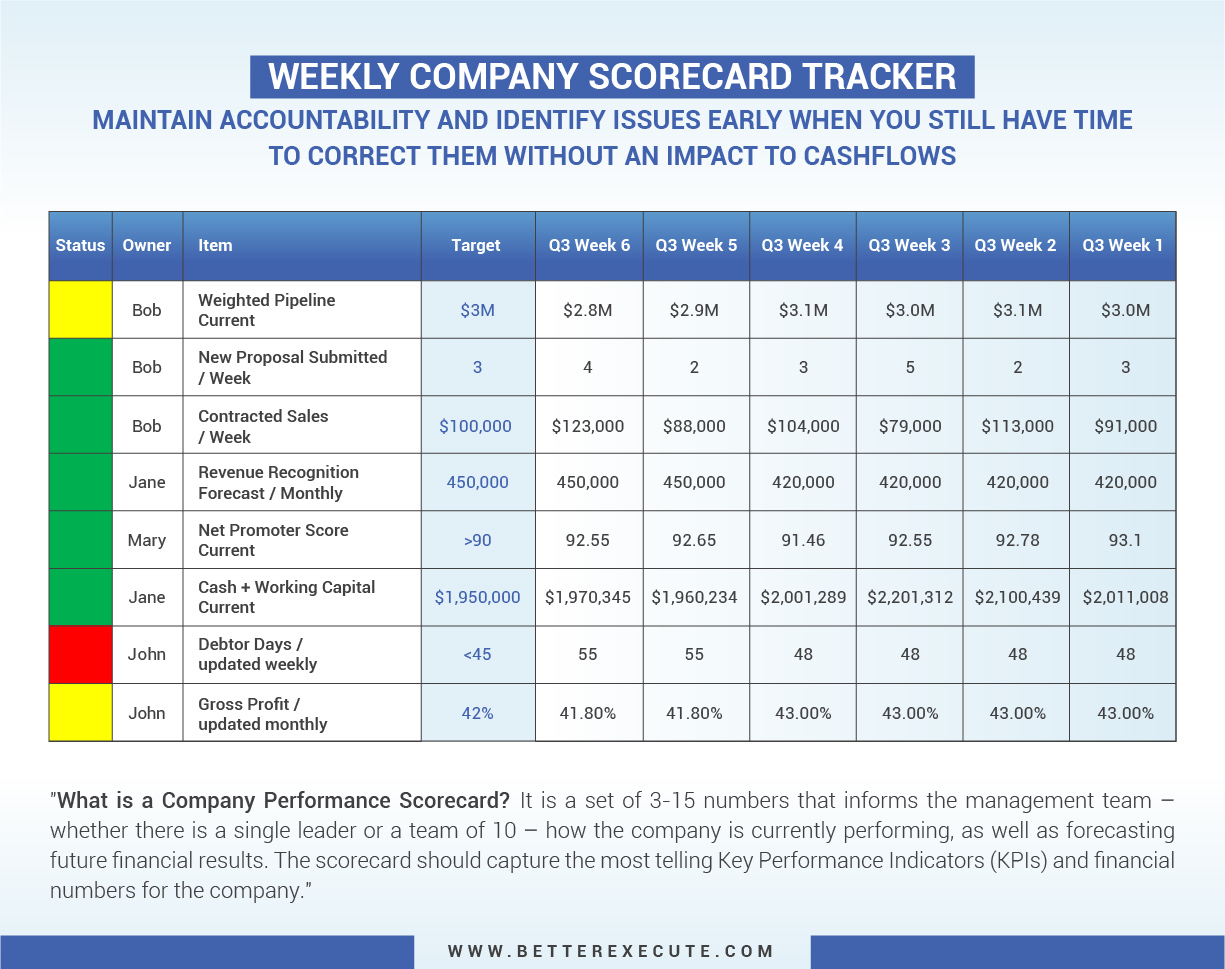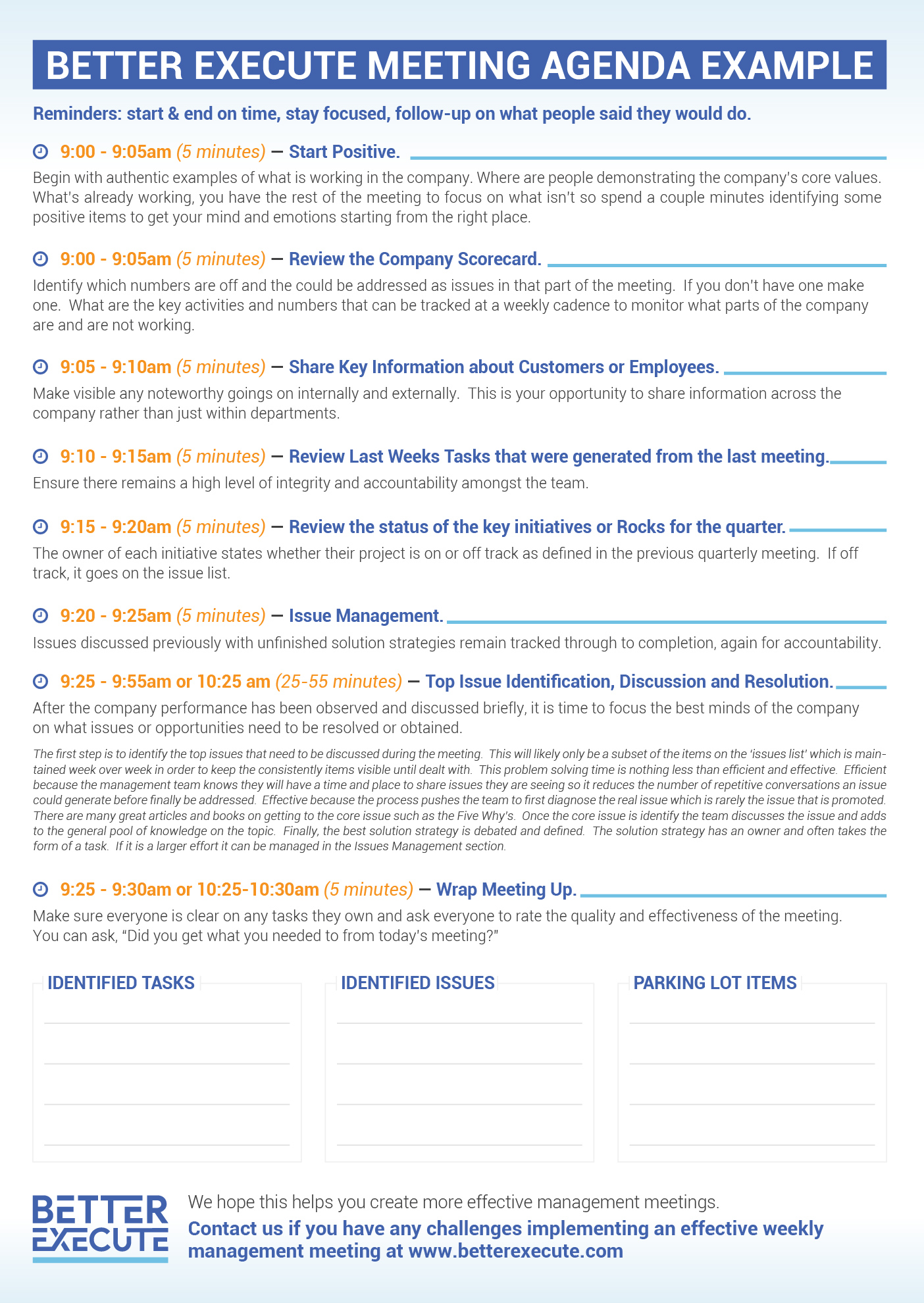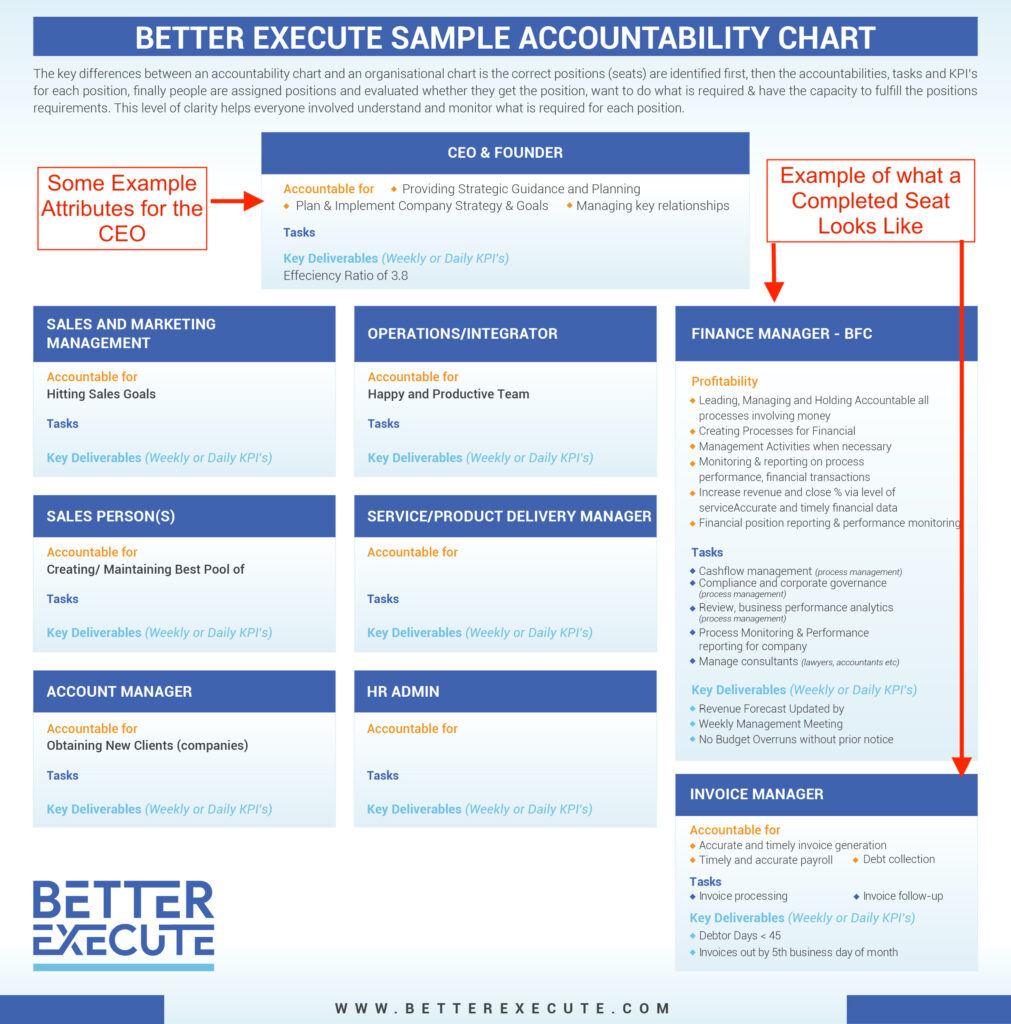The Strategy Behind Purpose-Driven Prospecting
Today I want to share with you both a business strategy and discipline that is greatly beneficial when adopted and integrated into your company culture. That strategy is Purpose-Driven Prospecting.
Firstly, what is Purpose-Driven Prospecting & how is it both a strategy & a discipline?
We can define it as the skills and disciplines required to achieve and maintain a prospecting culture within your company.
Let’s also be clear on what is meant by the term “Prospecting”. Prospecting is when you and your team are both comfortable and proficient at proactively engaging with people in order to identify new potential business opportunities for your company.
A proficiency in prospecting involves investigating and approaching business opportunities to encourage your contacts to be of service willingly, rather than feeling obligated to do you a favour. We will discuss how you prospect proficiently in a moment.
Let’s begin with why it is so critical to have an effective company strategy for constantly finding new opportunities for the business.
Much of the ‘why’ is about eliminating the ‘scarcity mentality’ from your business. This occurs when we don’t feel we have enough leads or opportunities to meet our needs so we tend to focus on maximising the conversion rates of those leads out of fear of not having enough.
You can begin to understand this by analysing your existing client base. Why are 20 percent of your clients undesirable? They don’t value your service, they don’t pay on time, they don’t refer other customers, they require more support than others? And you know the worst part about these customers? They sap the enjoyment from your team’s work, eroding motivation, productivity and enthusiasm.
So, why do you keep these clients at all? Because you are more afraid of replacing the loss in revenue than you are the implications of keeping them! Hopefully, this issue is something you can now directly relate to.
The Scarcity Dynamic makes us do dumb things that we often justify because of too few opportunities. For example, we end up pricing our services more tightly than is often ideal or necessary. We focus an abundance of energy on sales, trying to convert potential customers before they are really ready to purchase. This in turn sets up downstream problems with contract terms and levels of customer satisfaction.
Another critical point to understand is that when you are playing in the realm of scarcity, the customer is nearly always right because you are afraid to lose the revenue. When you have a significant workload you will obviously still approach the customer professionally and fulfil your tasks and obligations proficiently. But your employees can become the most important part of the equation, not the revenue the customer represents.
If you want a strong company you need to be in the HR business of creating great and happy employees. When money is tight and customers have the leverage this is a difficult strategy to accomplish.
In contrast, when we are playing from a position of strength with more opportunities than we can handle, we focus upon who we hire, how well we train them, how many people we hire, and the list goes on.
At this point, I am hoping you are growing to understand how much good comes from having more leads than you can handle. Just ask yourself how much stress is created in your life due to concerns around whether there will be enough business and revenue to keep your company at a level that makes sense for you and your family. Often, you aren’t hiring sufficient people to help you get out of the daily grind and work more smartly on your business.
Okay, let’s turn this conversation to the ‘how’ of creating this culture within your company:
The first step is an interesting one and one in which many people fail before they even begin.
You first need to know that your product or service delivers far more value than it costs. Of course, you need to understand this mentally, but you need to more importantly know it in your heart – your service is wildly valuable. If you don’t feel this, stop reading any further. This ‘value of service’ issue needs to be resolved before further steps can be taken. We will be happy to give you a free 30-minute strategy session on how to work through this challenge.
When you are clear and confident in your service value, you need to ensure all of your team is as well. This will likely require some direct conversations and it is important that you allow your team to express any and all concerns they have about any part of the sales, service, product delivery, and support processes.
Teasing out these often invisible concerns is gold! By getting these issues into the light they can then be addressed. And they need to be addressed in order to resolve nagging internal concerns and get the foundation set for being a great prospecting company.
Once you have everyone believing you have a product or service that merits promotion, it is time to ensure you have the right prospecting strategy. As Bob Dylan, the great American songwriter says, “I’ll know my song well before I start singin’.” In our prospecting case, we need to have a strategy for what we are going to say when prospecting and know it well before we set any expectations around prospecting. Equally as important, it must be done in a way we feel good about that doesn’t cause our contacts to feel uncomfortable.
Getting this process right can take some effort but as you are hopefully realising – it is a nearly priceless exercise so it is well worth the time and effort. This one-way communication format isn’t the best method for developing an effective prospecting strategy but I will try to give you the most important elements of the process. As always, call with any questions and we’ll happily give you a hand.
Regardless of strategy, your initial prospecting statement should begin with the phrase, “who do you know who…” This is the most effective way to get a conversation focused enough to allow a contact to think of an actual person who could benefit from talking with you or your company. This first part is clear and easy, step two is where the work comes in.
The second part of the question requires real thought. You want to find a recurring problem that your product or service helps people with. In my world, I often ask, “Who do you know who may benefit from getting more control over their company?” I may add something like, “we typically help companies with either the predictability of their revenue, their team’s performance, or managing the financial performance of their business.”
It needs to be clear, concise, and come across as a sincere willingness to provide some help in an initial conversation. At Better Execute we actually have six different phrases we use depending on the person we are speaking to.
So, how ready are you and your people to say, “Hey John, who do you know who may benefit from hearing about how we help resolve long-standing issues around their pain points?” If you can’t roll out of bed and throw these lines down it is unlikely they will be said in a way that makes your contacts feel comfortable in providing you with names and leads.
Embrace the fact that some work is required but the value and the shelf life will be significant and ongoing.
Imagine if everyone in your company did feel comfortable consistently asking these questions and asking for introductions! Could this be a game-changer for your business?
Your team has now practiced the wording enough that it rolls off their tongues with ease. You have put in the effort to identify the issues team members had with your service so everyone fully believes in the massive difference between the cost and value of your offering. And your team feels good about trying to help other customers obtain similar results.
Think of what can be generated from you and your team when everyone is clear on HOW and WHY to prospect for your company. Remember, there are only two reasons why an employee will not feel comfortable prospecting, which are:
- They feel they are taking more than they are giving, which means we have issues with our product or service that needs addressing.
- They don’t know how to prospect in a way they feel makes them look caring and professional, rather than seeming pushy and focused on money.
Problem #1 must be resolved to ensure your product and team area performing as required to be competitive in the marketplace.
Problem #2 is a strategic decision to practice getting better at engaging customers, industry contacts and anyone else to give them the chance to introduce somebody they know to have an initial conversation.
By this point, I truly hope you are feeling the ‘why’ and ‘how’ around the potential super-power of prospecting as a strategy for your company.
Please understand that the pain created by not prospecting effectively is actually far more uncomfortable than the pain required to add the superpower of prospecting to your company. The difference is that you now know the most efficient and productive way of implementing your purpose-driven prospecting strategy.
Good luck and again, let us know if you have any questions along the way!














